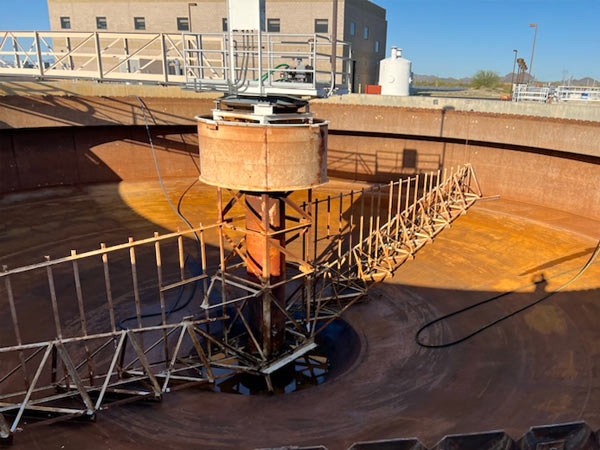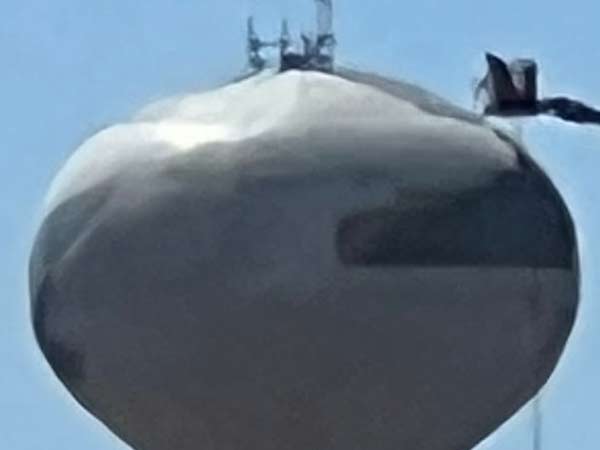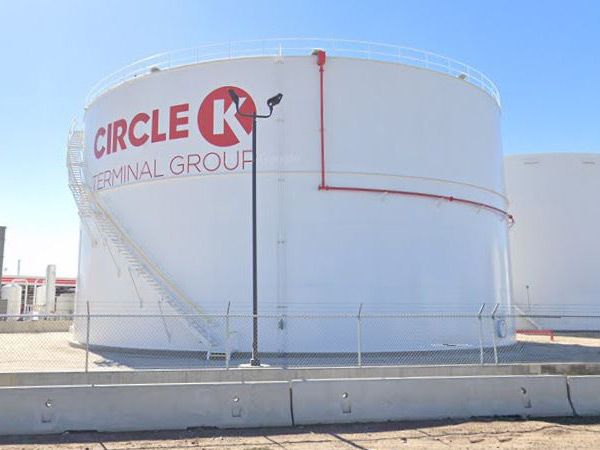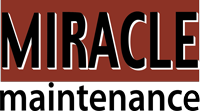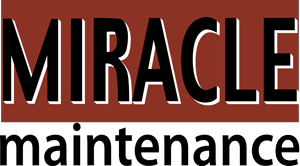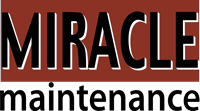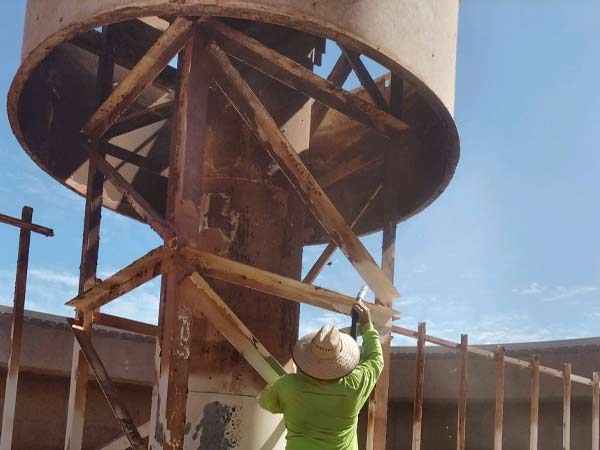Frequently Asked Questions
Can near white metal blast cleaning remove heavy rust?
Near white metal blast cleaning is highly effective in removing heavy rust. This method ensures a clean surface, preparing metal equipment for optimal performance and longevity by eliminating corrosion and contaminants.
Is near white metal blast cleaning suitable for large surfaces?
Near white metal blast cleaning is indeed suitable for large surfaces. This method effectively prepares extensive metal areas for optimal coatings, ensuring thorough cleaning and surface preparation that enhances performance and longevity.
What are the benefits of near white metal blast cleaning?
The benefits of near white metal blast cleaning include superior surface preparation, which ensures optimal adhesion of coatings, extends the lifespan of metal equipment, and enhances resistance to corrosion and wear, ultimately improving performance and reducing maintenance costs.
Can near white metal blast cleaning be used on stainless steel?
Near white metal blast cleaning can indeed be used on stainless steel. This method effectively removes contaminants and prepares the surface for optimal adhesion of coatings, ensuring the longevity and performance of the stainless steel equipment.
Is near white metal blast cleaning safe for operators?
Near white metal blast cleaning is safe for operators when proper safety protocols and personal protective equipment (PPE) are utilized. Adhering to industry standards ensures a secure working environment during the blasting process.
How does tank blasting improve tank maintenance procedures?
Tank blasting significantly enhances tank maintenance procedures by effectively removing contaminants and old coatings, ensuring a clean surface that promotes better adhesion for protective coatings, ultimately increasing the tank's lifespan and operational efficiency.
What are the benefits of using tank blasting for tank rehabilitation?
The benefits of using tank blasting for tank rehabilitation include effective removal of contaminants, rust, and old coatings, ensuring a clean surface for optimal adhesion of new protective coatings, which ultimately extends the lifespan and performance of the tank.
Can tank blasting be performed in confined or enclosed spaces?
Tank blasting can be performed in confined or enclosed spaces, but it requires strict safety protocols and proper ventilation to ensure the safety of workers and effective cleaning.
Are there any environmental concerns with tank blasting?
Environmental concerns with tank blasting include the potential release of hazardous materials and dust into the air and surrounding areas. Miracle Maintenance employs eco-friendly practices and advanced filtration systems to minimize environmental impact during the blasting process.
How does tank blasting affect tank coatings and linings?
Tank blasting significantly impacts tank coatings and linings by effectively removing contaminants and old coatings, ensuring a clean surface for optimal adhesion of new coatings. This process enhances the longevity and performance of the protective linings applied afterward.
What are the ISO standards for near white metal blast cleaning?
The ISO standards for near white metal blast cleaning define the cleanliness level required for surfaces before coating. Specifically, ISO 8501-1:2007 outlines visual standards, ensuring minimal surface contaminants and achieving optimal adhesion for coatings.
What are the advantages of using tank blasting over other methods?
The advantages of using tank blasting over other methods include its ability to achieve superior surface cleanliness and preparation, effectively removing contaminants and old coatings, which enhances the adhesion of new coatings and extends the lifespan of metal equipment.
What is the purpose of tank blasting in industrial cleaning?
The purpose of tank blasting in industrial cleaning is to remove contaminants, rust, and old coatings from metal surfaces, ensuring optimal surface preparation for effective coatings and enhancing the longevity and performance of equipment.
Can tank blasting be used for removing stubborn residue buildup?
Tank blasting is an effective method for removing stubborn residue buildup. This process utilizes high-pressure blasting techniques to thoroughly clean surfaces, ensuring that even the toughest residues are eliminated for optimal performance and longevity of your equipment.
Is near white metal blast cleaning environmentally friendly?
Near white metal blast cleaning is environmentally friendly as it minimizes waste and uses recyclable materials, ensuring a cleaner surface while reducing harmful emissions. This method adheres to industry standards for eco-conscious practices in surface preparation.
What is the purpose of blast cleaning in metal preparation?
The purpose of blast cleaning in metal preparation is to effectively remove contaminants, rust, and old coatings, ensuring a clean, smooth surface that promotes better adhesion for subsequent treatments and enhances the longevity and performance of metal equipment.
How does near white metal blast cleaning work?
Near white metal blast cleaning involves the use of high-pressure abrasive materials to remove contaminants, rust, and old coatings from metal surfaces. This process prepares the surface for optimal adhesion of industrial coatings, ensuring long-lasting protection and performance.
What is near white metal blast cleaning used for?
Near white metal blast cleaning is used for preparing metal surfaces by removing contaminants, rust, and old coatings, ensuring optimal adhesion for new protective finishes, and enhancing the longevity and performance of industrial equipment.
What surfaces benefit most from near white metal cleaning?
Surfaces that benefit most from near white metal cleaning include steel and iron components, particularly those requiring optimal adhesion for industrial coatings or those exposed to harsh environments, ensuring enhanced durability and performance.
How does near white metal cleaning enhance coating adhesion?
Near white metal cleaning significantly enhances coating adhesion by creating a clean, rough surface that allows coatings to bond effectively. This meticulous preparation removes contaminants and oxidation, ensuring optimal performance and longevity of the applied coatings.
